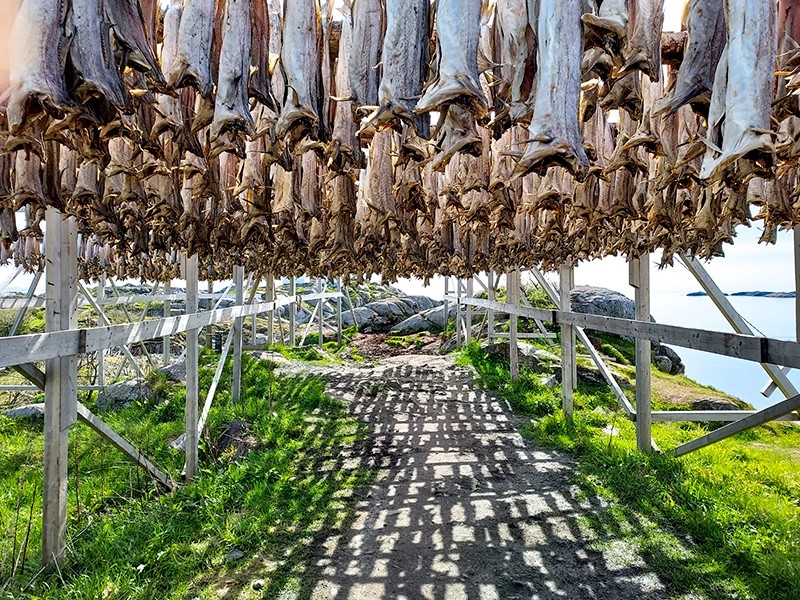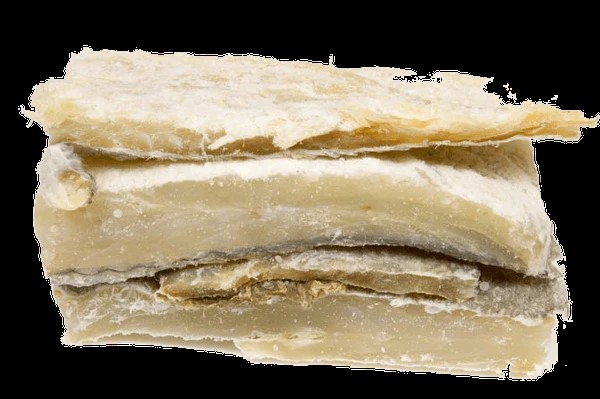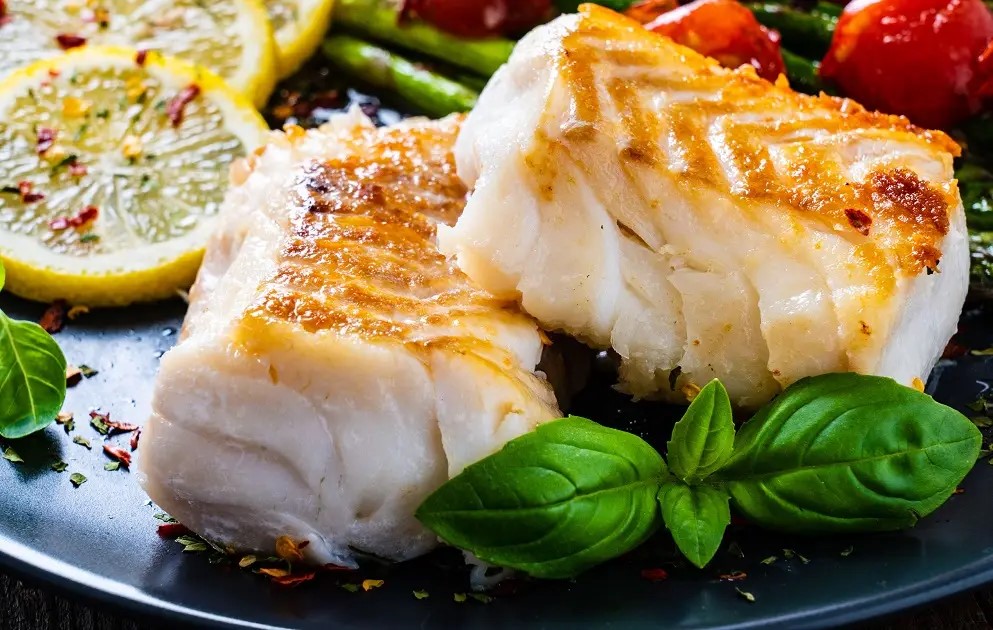Did you know that Portugal consumes 20% of all cod fish caught on the planet?! Oddly, cod is not found in the waters surrounding Portugal but the fish is so popular that the Portuguese people have more cod recipes than there are days in a year! Portugal has long had a love affair with cod, especially salted cod or bacalhau. This fish is more than just good food to the Portuguese, it is a part of their culture and everyday life.

Cod was introduced to the Portuguese people by Viking nomads. The Vikings captured abundant amounts of cod in the cold seas off the Nordic countries and tried to preserve the fish by letting it dry in the open air. During the Middle Ages the Vikings began preserving their cod with salt, which they learned from the Romans and the Basque. The Vikings obtained salt from Portugal and traded for cod for it. The Portuguese had plenty of salt to sell and cod fish became a solid source of food amongst the Portuguese people.
Meat was expensive in Portugal during these times and supplying fresh meats and fish to the interior of the country was a complicated task. Salted cod was an easy and inexpensive food alternative that was easier to transport and provide throughout Portugal. Salted cod also had a shelf life much longer than un-refrigerated fresh meat. This kind of exposure plus its nutritional value and likeable flavor made cod a popular thing to eat.

In the mid 1500’s a Portuguese expedition heading to India saw Newfoundland for the first time and a Portuguese cod fishing base began. The Portuguese fishermen were eventually driven away by the English and French corsairs that dominated the fishing activities in the region during these times.
Cod fishing was a hard and dangerous job. These fisherman led a life of sacrifice, as cod fishing was done the traditional way. Sailing from Belém, Lisbon, the cod fishing ships were luggers and sailing ships, which towed dories used for line fishing and had the capacity to carry between 900 and 950 tons of cod. The fishermen were forced to row away from the main ship, sometimes two or three miles, to manually fish with lines and hooks. Each man fished alone for hours until their small boat was full of cod. While fishing they encountered freezing winds, fog, strong waves and icebergs. Some didn’t make it back to the fishing ships and were lost at sea. If they did make it back to the ship they would then unload, scale and salt their catch making for even longer work days.
After reaching land, the fish was washed to remove all the salt and dried until completely dehydrated. The codfish drying process took place outdoors on the South Bank of the Tagus, in Setúbal, Figueira da Foz, Aveiro and Viana do Castelo.
On the 9th of July 1920, the Portuguese Fishing Company was founded by four small shipowners. They set up headquarters in the old facilities of the Lisbon Company Cotton Factory in Olho de Boi, Almada. In an attempt to reduce foreign dependency and guarantee the country’s food supply Portugal’s leader, Antonio Salazar, made moves to centralize, organize and create cooperatives and cartels that handled the fish supplies which became the famous Codfish Campaign in 1934.
During World War II, Portugal maintained its fishing activity. While crossing the Atlantic Ocean, two cod fishing ships, ‘Maria de Gloria’ and ‘Delães’ were sunk by Nazi submarines. An agreement with the Allies would state that these Portuguese cod fishing ships be painted white to signal Portugal’s neutrality in the conflict and allow them to safely sail the Atlantic, thus becoming known as the ‘White Fleet’.

In 1957, Portugal was already the largest salt codfish producer in the world and peaking. By this time, wheat and codfish were the commodities with the greatest impact on both the country’s diet and its trade balance.
The last three large cod fishing ships set sail for Newfoundland for the last time in 1974, coinciding with the fall of the dictatorship and the peaceful revolution of April 25th which brought democracy to the country.
The Portuguese still love codfish today and it is now claimed they have 1001 ways of cooking it. Presently, 70% of codfish comes from Norway and the Portuguese are always taking sustainable consumption, climatic change and versatility into consideration.
SALT FACT: Portuguese salt (Flor de Sal) is internationally popular and is similar to French salt (Fluer de Sel). Portuguese salt is collected from evaporation pools of sea water like they do in Nicaragua. With an area of 360 hectares or just under 900 acres, the Samouco Salt Pans in Alcochete were the main source of salt farming near Lisbon.
